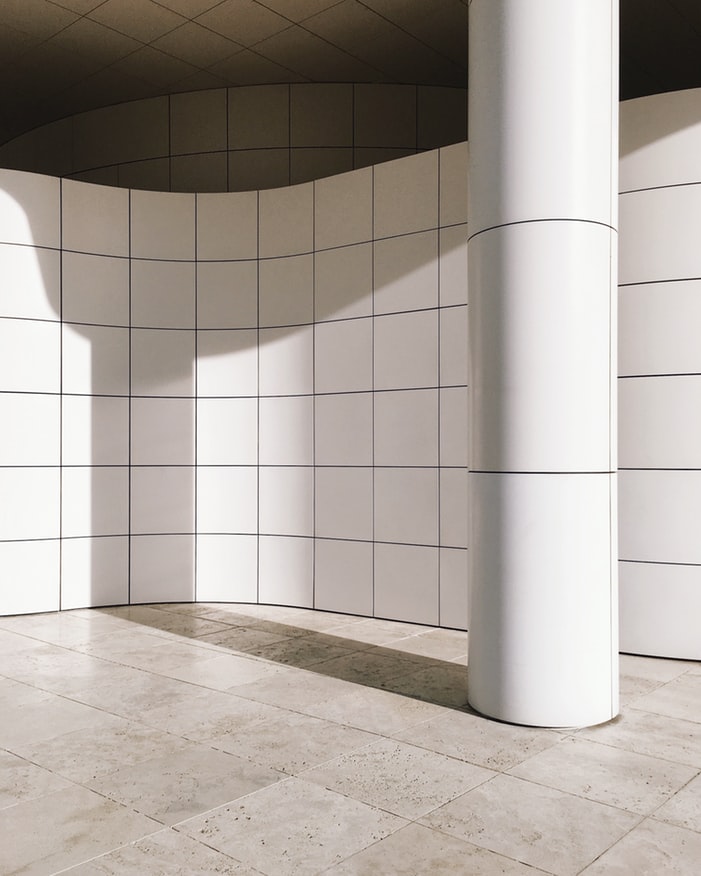Every day we see the world shifting towards sustainability, looking for better ways to live. We are being more aware as individuals and as a society of the need to care and respect our planet through our actions.
In architecture, sustainable materials are gaining importance as a solution for constructing in a less harmful way for the planet. Combined with better use of resources and technology, this new construction trend is improving both ecology and human life.
When mixing architecture and sustainability, the surroundings of the building must be considered. We must look at the place’s ecology and climate, that would determine the needs for the architecture. Also, it is recommended to maximize the income of solar light to provide lighting, heating, and energy.
Having all these aspects into consideration, we can evaluate the different sustainable materials that can be used to create environmentally friendly buildings. By using these materials, the main goal is to enhance energy efficiency, reduce the pollution in construction and make more responsible use of natural resources.
Sustainable development is the one that uses materials in their production, placing and maintenance generate the lowest environmental impact possible. Also, it is better to choose materials that are locally available, to avoid transportation costs, and that are long-lasting to prevent constants reforms.
A lot of natural resources are considered sustainable materials as long as they are ethically sourced and from a renewable, abundant or certified source. In this category, we can highlight timber for having the lowest impact on nature, in its production and life cycle. Other natural materials used in sustainable architecture are soil, cork, bamboo, straw or adobe.

Recycling is a big part of the sustainable concept and is also a much-used process for construction too. It is common to see isolation materials made from recycled cellulose, that comes from newspaper and cardboard, but also cotton ones, made from old jeans. Thanks to its composition, when these materials need to be discarded they can be recycled again and are also compostable, having a low impact life cycle.
Apart from the natural and recycled sources, we can find architecture materials with a mix of sustainability and technology provides a new constructing solution. There are many brands that manufacture materials minimizing their emissions and impact onto the environment. Companies are aware of the damage made to our planet and many of them are working on more sustainable products and processes.
Usually, they would use recycled materials to make some new ones, as we saw in the last category, but also we can find products made in a responsible way, lowering their gas emissions, use of water and energy. Another sustainable measure is the incorporation of green energy to function and the reuse and recycle of their residues. Using human-made products gives the possibility to incorporate technology on efficient materials that can help reduce our own impact too.
As the last category of sustainable building materials, we can consider the ones refurbished, salvaged or remanufactured. These materials take advantage of elements that would have been discarded and gives them a new purpose. We could find this in the use of glass bottles for walls or plastic ceilings that have been reused.
Besides using sustainable materials, this type of architecture requires also a decrease in construction costs and use of energy, as well as having in mind the complete life cycle of a product. When thinking about the impact of each material, not only the sourcing is important, but also the effort in the installation, the maintenance needed and the possibility of reusing or recycling that material in the future. If all of these criteria are positively met, then we know we have a truly sustainable material, in the short and long term.

By choosing a sustainable architecture concept we are not only preserving the environment when we build but also we are making a better interior space in that construction. Some eco-friendly solutions help, also to reduce the use of heating, air conditioning, and electric light, making a cut on the usage of resources and creating a better atmosphere.
When we blend sustainability and architecture, we have a deeper respect for our environment, using efficiently space, materials, energy and water resources. In the other hand, we learn to appreciate the environment around us by using locally sourced materials and taking advantage of the climate to make a better construction.
As an advantage, with sustainable architecture, we can improve our quality life inside these buildings, having better thermal control, being surrounded by natural materials with no toxic emissions and taking the best out of solar light.
Luckily, we are understanding the importance of protecting nature with our actions and changing the way we build is a great step. Sustainable architecture is about reducing waste and pollution during the building, but also it encourages to make better management of our natural resources, safeguarding the environment.











